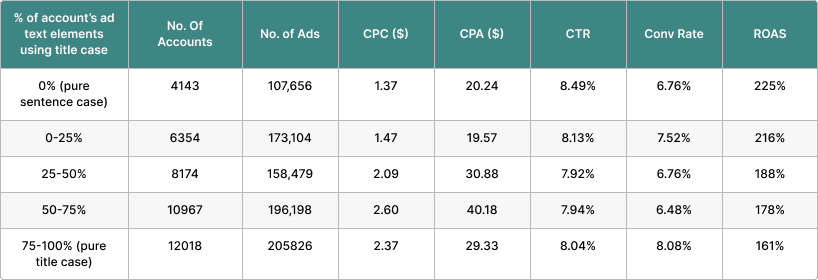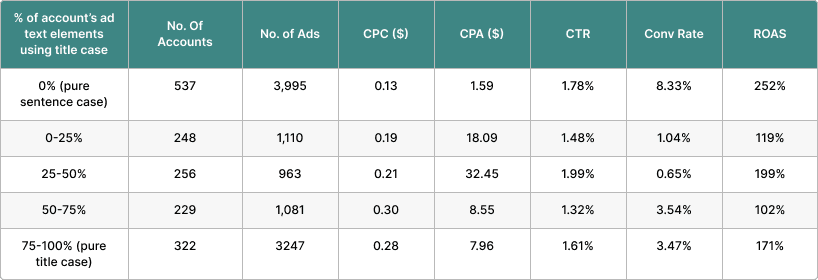GA4 Metrics Every Advertiser Should Pay Attention To via @sejournal, @timothyjjensen
While paying attention to metrics in ad platforms is crucial to the success of any online advertising initiative, you can’t ignore what users are doing after they click the ad.
Sure, you can measure the website conversions in your ad platforms, but what else are people doing on your site that could be informative to your campaigns?
Google Analytics can help you gain insight into the steps beyond the initial click, answering questions such as:
- How much time are users spending on your landing page, and are they looking at other pages on your site?
- How many paid users are coming to your site for the first time, and how many have previously been on the site before interacting with ads?
- What other channels have led them to your site in addition to paid?
- Are they watching the videos you’ve embedded in your site?
- What percentage of users are adding items to their carts and not checking out right away?
In this article, let’s take a look at several key metrics in Google Analytics 4 (GA4) that can help with these questions and more.
Key Event Counts & Rates
Key events in GA4 correlate to what you consider your primary business success metrics. These will vary based on your goals but may include lead form submissions, online account creation, purchases, or event registrations, to name a few options.
Confusingly, while key events may match what you think of as “conversions” in other channels, GA4 currently reserves the “conversions” nomenclature specifically for Google Ads conversions tracked via a linked account.
Events are a core functionality in GA4, with every action a user takes on the site potentially correlating to an event (from page views to form submissions).
However, you should think carefully about what events actually matter to your business bottom line to be marked as a key event.
Additionally, the key event rate is another metric you should consider. When looking at the session level, you will notice what percentage of sessions resulted in a key event taking place.
 Screenshot from Google Analytics, November 2024
Screenshot from Google Analytics, November 2024When looking at key events, you have a few useful ways to incorporate them, including:
- View event counts and event rates by channel and by source/medium. For instance, you can compare key event rates between paid search and paid social to see which is more likely to yield qualified visits.
- Look at performance by landing page to see which entry points attract the users most likely to take action. Are there any pages with low session volume and high key event rates that may be worth promoting more?
- Filter specific key events to compare which ones have the highest volume and event rates. For instance, if you offer both a demo request and a free trial, you can compare which drives the most interest from paid search vs. paid social.
- Compare attribution models (Advertising > Attribution > Attribution Models) to see how many key events are attributed to each source and channel when using a last-click model vs. a data-driven one.
- Last-click attribution credits the key event to the last non-direct source by which a user arrived on the site.
- Data-driven attribution distributes credit between sources based on your account’s prior data. Factors may include time between visits from various sources, number of interactions, devices, and more. While this is, unfortunately, a “black box” model on Google’s part, it will help to weigh more toward sources that may have influenced consideration when users visit your site multiple times before taking action.
General Event Counts & Rates
While not every event should be considered a key event, you should take the time to look at other events that can give clues to user engagement on the site.
If you’ve turned on Enhanced Measurement, you can see events for actions such as scroll activity, file downloads, outbound clicks, and video interaction (for embedded YouTube videos).
While the specific application of these events will vary based on how your site is set up, here are a few ways they could be used in your analysis:
- Determine if it is worth including an embedded video on your landing page. Are people watching the video, and if so, how far are they viewing on average? Additionally, are users who watch the video also more likely to submit a lead form or complete a purchase in the same session?
- Weigh the importance of content below the fold on your landing page. Are a decent percentage of people bothering to scroll, or are most just viewing what is immediately visible when reaching the site?
- Assess the value of downloadable content. If you’re offering a PDF such as an ebook or spec sheet, what percentage of people are clicking to download it?
To take these out-of-the-box events a step further, you can also set up custom events for more advanced tracking.
Ecommerce Metrics
For those promoting ecommerce sites, GA4 offers a robust set of metrics that allow you to analyze the full path of purchase behavior.
Once you’ve set up your site to incorporate ecommerce events, you can view them in Reports under Life Cycle > Monetization or Business Objectives > Sales. (Note that GA4 still displays the Life Cycle Collection instead of Business Objectives as default in certain circumstances.)



Here are a few important metrics you should be paying attention to:
- Transactions: The total number of purchases
- Revenue: Get an idea of the income from on-site purchases, and use it to calculate return on ad spend (ROAS).
- Add to cart: Understand how many users are expressing enough interest to add an item to their cart, and look at abandonment rates during the checkout process.
Engagement Metrics
GA4 introduced new metrics to assess how much interest users are showing while on your site, offering a more robust approach to measurement than the much-maligned bounce rate that was omnipresent in previous reporting.
In order to qualify as an “engaged session,” a session needs to last longer than 10 seconds, include two page views or screen views, or have a key event fire.



Looking at engaged sessions in addition to total sessions will offer a more accurate picture of how often people spent at least enough time on the site to absorb some of the content vs. immediately leaving.
The engagement rate will show you what percentage of sessions fit the “engaged” criteria, offering clues as to which landing pages and sources will most likely drive qualified individuals.
Another metric is average engagement time, showing the average amount of time spent on the site either by session (visit level) or by user (individual level), depending on the report you are viewing.
Finally, you can view new vs. returning users to get an idea of which channels will most likely drive people to the site for the first time vs. those who have previously interacted with it.
Of course, note that these metrics aren’t perfect (with cross-device users and privacy settings complicating accuracy), but they can at least give you a rough idea.
Additionally, be mindful that channels, where you’ve focused more heavily on retargeting, will naturally drive more returning users.
Ad Platform Integrated Metrics
If you have a Google Ads account, you should link it to your GA4 account in order to automatically pass through metrics from your campaigns. This will offer more robust data than just relying on UTM parameters.
To ensure Google Ads data is flowing correctly, make sure you have admin access to the account, turn on auto-tagging, and link the proper Ads account ID to the correct GA4 property.



You can see this data correlated with GA4 key events under Advertising > Planning > Google Ads.
If desired, you can import cost data from non-Google ad platforms and view corresponding metrics in the Planning > All Channels report.



Additionally, the Advertising > Conversion Performance report allows you to select a Google Ads account and Ads-based conversions to view counts by various breakdowns. This lets you compare totals for these conversions from Ads vs. other channels.
As an added bonus, you can also see a few GA4 metrics directly within the Ads interface if you select the option to “Import app and web metrics” when setting up your link.
The % engaged sessions (the percentage of total sessions qualifying as “engaged”), events/sessions, and average engagement duration are the three available as of the time of publishing.
These can be useful to get a quick view of which campaigns, ads, etc., will most likely attract users willing to spend time on your site.
As a side note, you should not be overly concerned about matching up sessions and click totals perfectly. These can vary for a number of reasons:
- A session is only counted when a page is viewed, and any previous sessions have timed out. By default, if a user goes back to the site within 30 minutes, they will still be within the same session.
- A user could click and leave the site before the GA4 code has time to fire, in which case the click would be counted, and a session would not register.
- Some types of Google Ads campaigns count clicks for actions that may not entail visiting a website. For instance, Demand Gen campaigns include clicks to open Gmail ads.
Start Analyzing Your Paid Traffic
Now that we’ve reviewed several important GA4 metrics, think about how you can apply this data when managing your PPC campaigns.
Understanding the metrics available to you is one important step in mastering GA4, but being able to segment data and understand context is the other crucial step.
Be sure to review these metrics both at the channel and source level, as well as for individual landing pages you’re pushing traffic to.
Wherever possible, incorporate takeaways from GA4 into your PPC reporting as well to show insight beyond the ad platform data.
More resources:
Featured Image: PeopleImages.com – Yuri A/Shutterstock
































